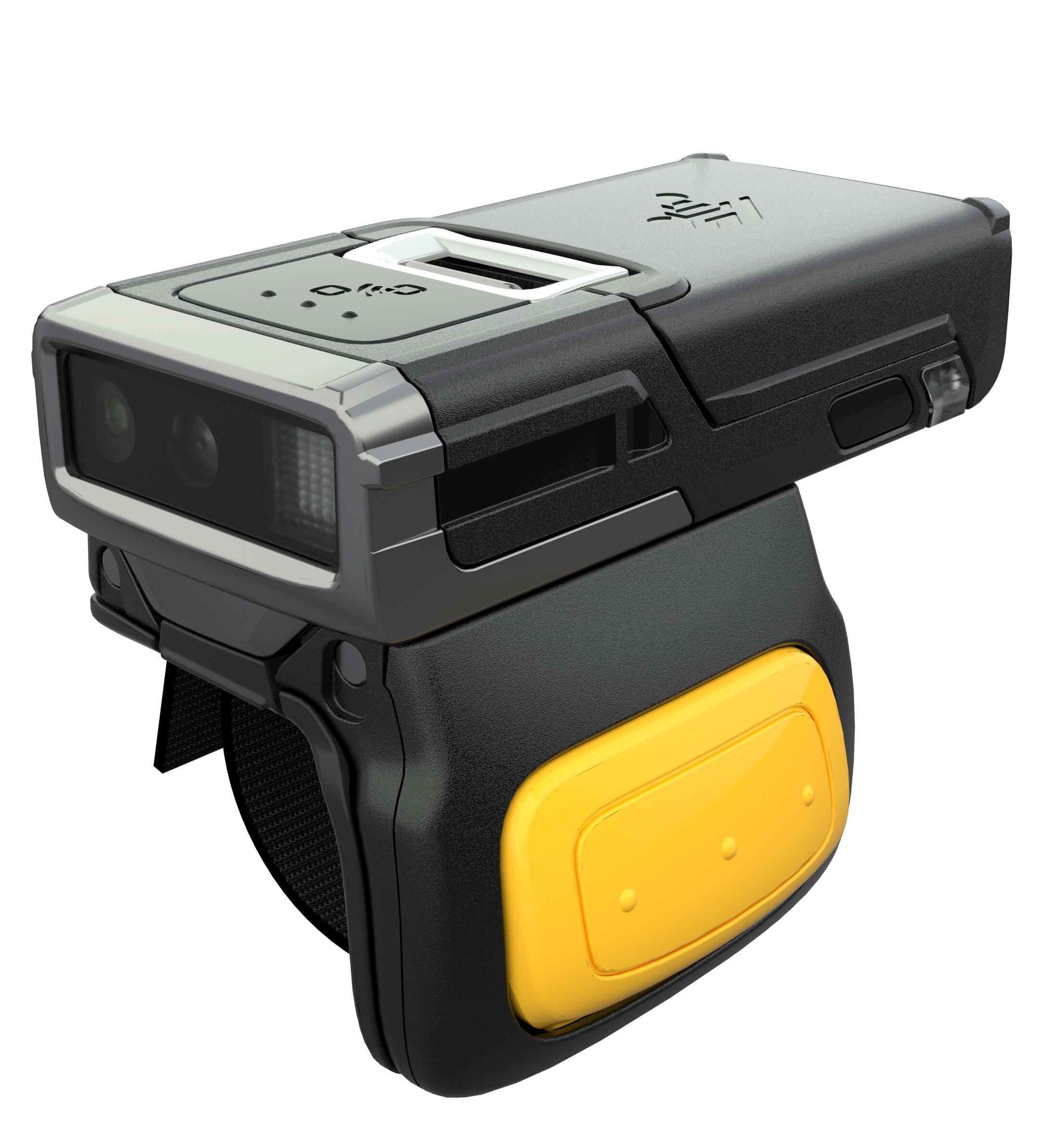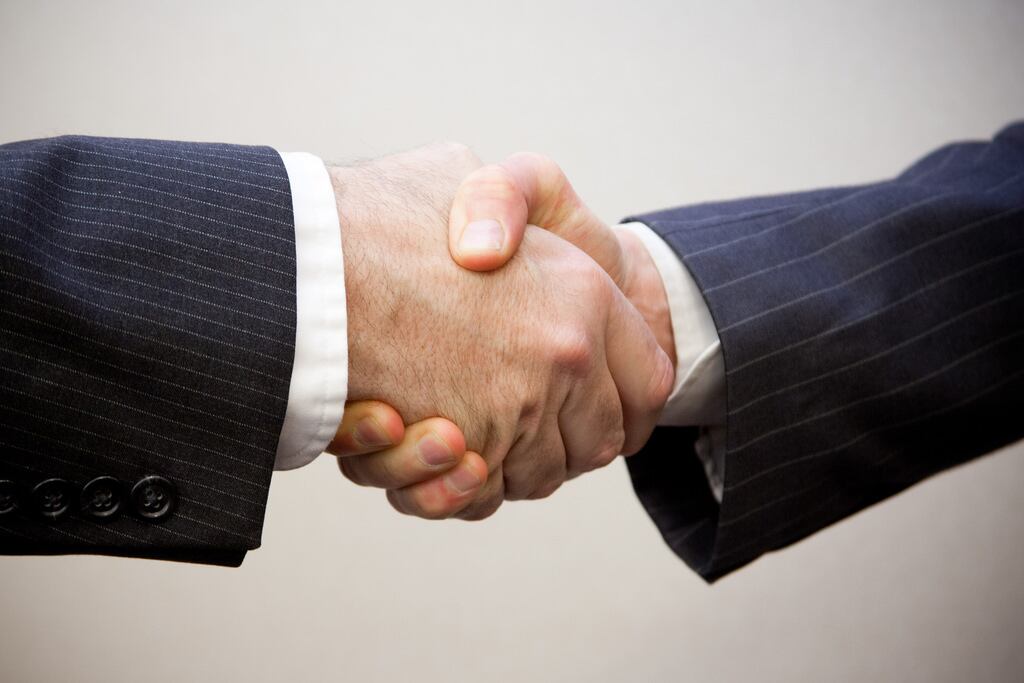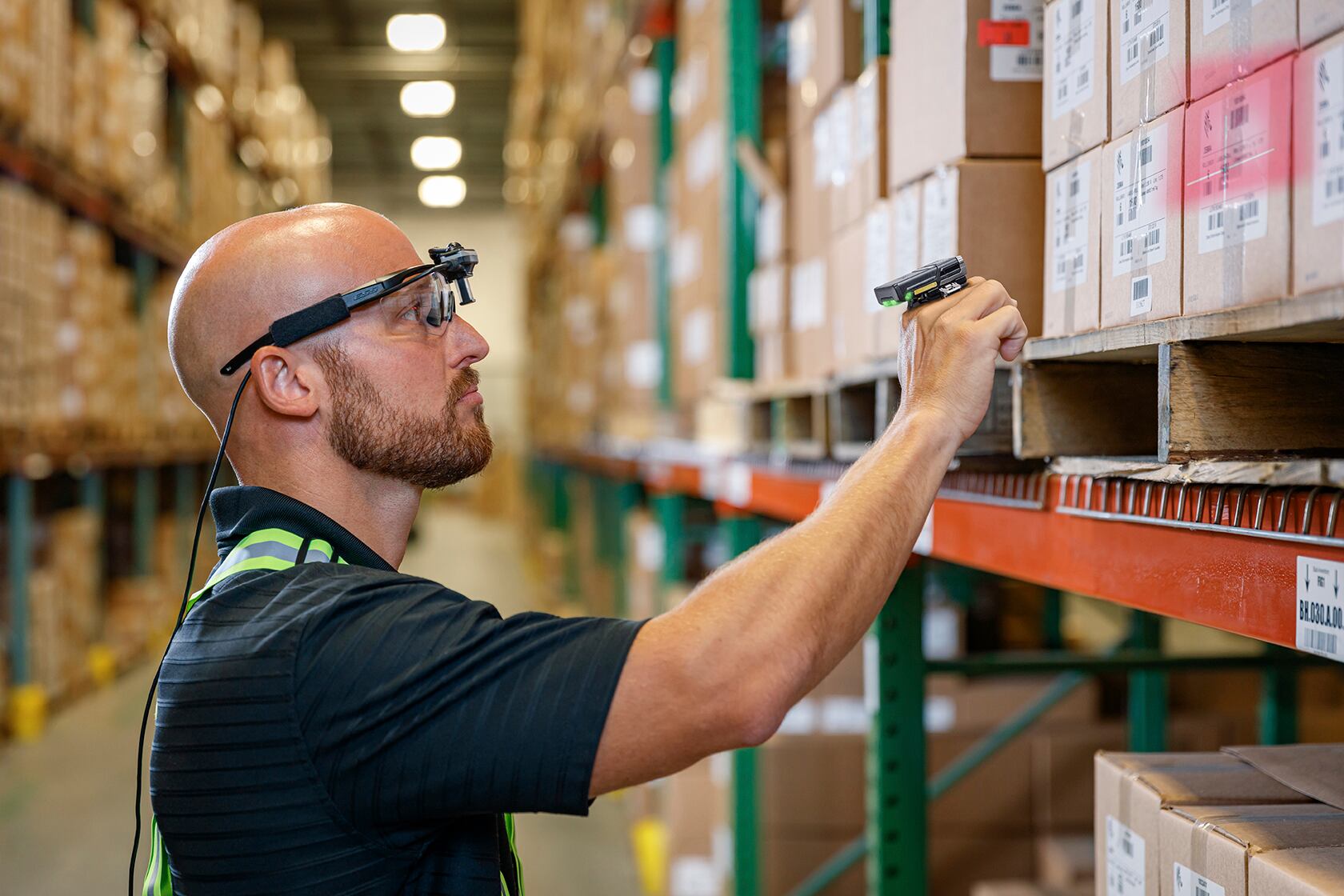Working smarter, not harder is the name of the game in the modern warehouse. If a manufacturer hasn’t been using the latest warehouse management systems (WMS) to minimise the amount of work its staff are doing or hasn’t embraced the productivity gains offered by integrating robotics into its business, it could be leaving money on the table.
Of course, most supply chain directors in the food and drink industry can’t just go to a local store, throw a new piece of equipment into their business and hope for the best. Knowing how adapting to new tech affects the business requires a certain set of skills and expertise – and that’s what Zebra Technologies offers.
Established in 1969, Zebra is a global business offering services, software and technology for use across the global supply chain that enable users to adapt to a rapidly evolving world.
In his role as industry solutions director and part of a new department at Zebra called Solution Sales, Daniel Dombach (pictured left) explains how the business is positioning its core range of RFID scanners, tablets and printers as a complete package to solve its customers’ supply chain challenges.
Zebra Technologies

Year founded: 1969
Channel partners: 10,000+
Employees: 7,400
Patents: 4,400+
Global sales 2018: US$4.22bn
Global offices: 100+ in 45 countries
Portfolio: Barcode printing, mobile computing, data capture and platforms, locationing, software, services, supplies.
“It’s about understanding the needs that logistics and warehouse companies have and how we, as Zebra, with our solutions and technology – and our partner ecosystem – can help,” says Dombach.
“We work with customers to understand where they are, where to go, what technology will look like in a year or maybe two years from now, and which next steps we need to take to build a vision for them.”
E-commerce boom
For Dombach, this vision is fuelled by the e-commerce boom. With consumers demanding quicker delivery times, warehouse managers and supply chain operators need to tweak their strategies to keep pace.
The easiest win for any firm is to build or hire more warehouse space nearer to their customers to help shorten the supply chain. But this, as Dombach notes, comes with its own set of problems.
“We talked to 14,000 of our customers all across the globe, 30% of which were Europe-based. They told us that, by 2024, the general expectation is to have something between 30–35% more warehouses and they’re going to be bigger.
“However, that brings about a couple of other challenges. One is to recruit new staff for your operations and they need to be educated and trained. And [you need] the proper technology.”
Traditionally, training new staff on older, sometimes archaic terminal systems could take at least four to five weeks.
Android operating system

With this in mind, Zebra has made the process smoother by introducing hand-held scanning and picking devices, using the Android operating system more commonly found on mobile phones.
“The big benefit is that everybody, nowadays, has a smartphone and knows how to navigate with it,” says Dombach. “It makes it a lot easier to be trained on and operate our warehouse devices, which have a graphical user interface, buttons, colours and a touchscreen.”
“We have seen the training effort go down by almost 90%. Rather than four to five weeks, you can train somebody in a day or half a day to work with these devices, so that’s a major improvement for the operation. All of a sudden, your efficiency and opportunity can go up significantly.”
As older systems become redundant and are no longer supported – such as older versions of the Microsoft Windows operating system – Zebra has stepped in to offer its own product, Fulfilment Edge, as a new tool in the WMS market.
This works in tandem with its range of wearable technology, including a heads-up display that workers can wear to help direct them in the warehouse. Worn over the eye, but still allowing the worker to see their surroundings, the device can highlight orders and promote the optimal course of action to complete them.
“We take the information coming from the company and transform it into a graphical visual,” explains Dombach. “Rather than reading a text to pick item one, two, three, four, five and put it into location 17, the heads-up display will highlight which one to pick within your line of sight. You then pick it and the device shows you where to put it graphically, as well.
Smarter and easier
“These workers already have a really hard job. With the number of items to be worked on going up and the time to deliver going down all the time, the pressure’s really high. Now, they can work a lot smarter and more easily, and productivity definitely will go up.”
To support smarter working in the warehouse, Dombach predicts that collaborative robots (cobots) will play a much larger role in the supply chain. Rather than taking the place of people, automation will be used to assist workers in doing their jobs better.
“We’ve already seen studies where you have little carts that autonomously follow a picker through the warehouse,” Dombach adds. “Once the cart is full, the worker presses a button and this little robot goes to the outbound area, while another one comes to join the worker.
“We’ll also see little robots on a picking site where the picker is now stationary; the device comes to him and he indicates what he wants to pick. He scans, confirms and then this little robot goes to the next location, to the next picker.”
With technological advances creating new opportunities for warehousing and supply chain efficiency, Dombach has made it clear that a successful business of the future needs to get onboard with these changes – or risk being left in the dust.





